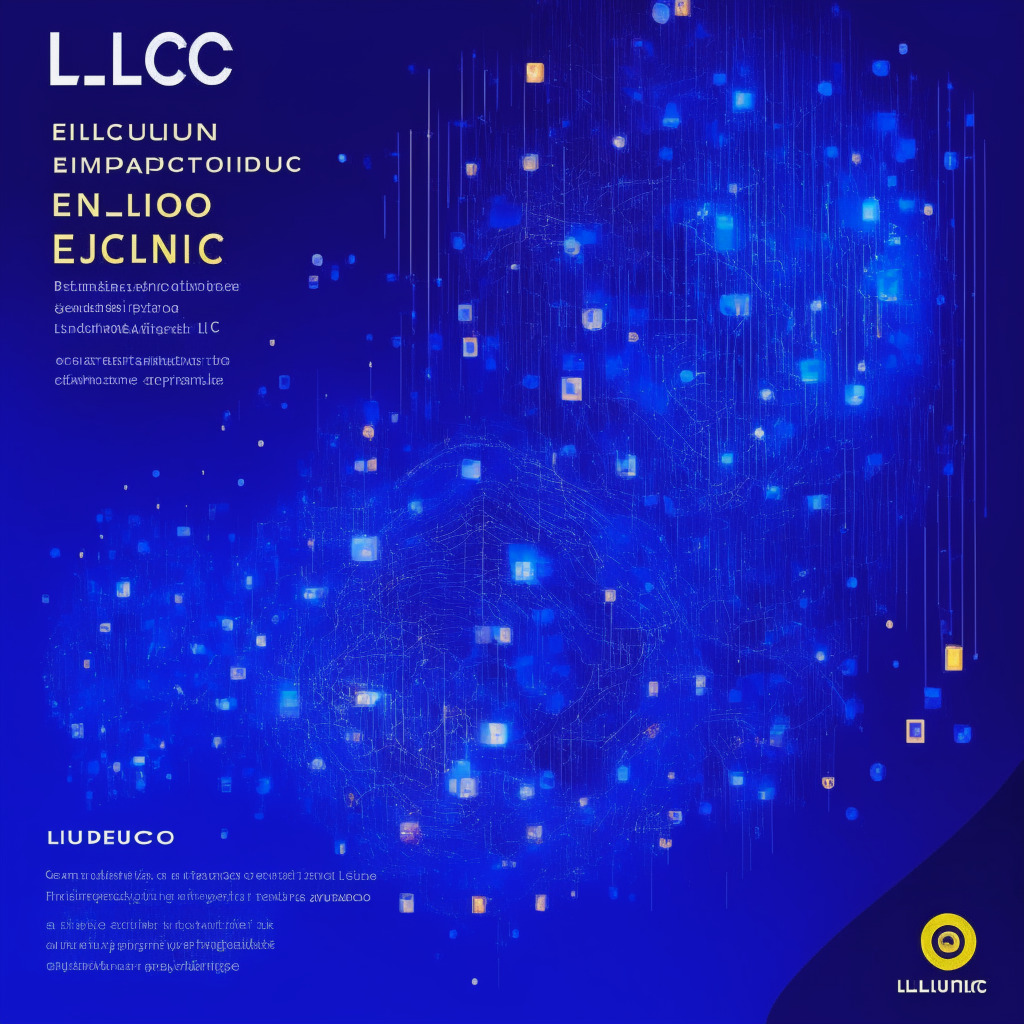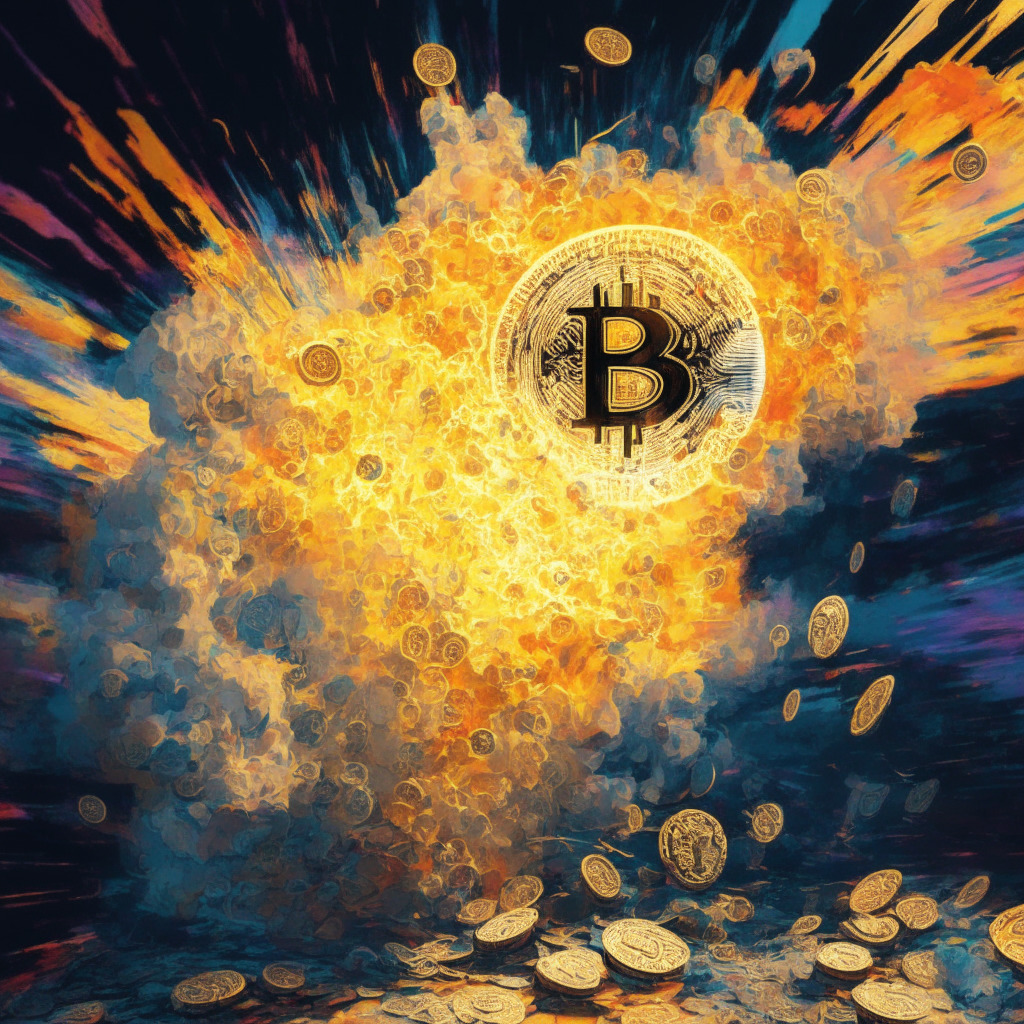As technology advances, so does the intrigue around decentralization and its potential applications. Jack Dorsey‘s financial company, Block, has recently announced the launch of a new open-source toolkit for its Web5 project through its division, TBD. This toolkit is designed to enable developers to create innovative decentralized Internet applications, with the full platform expected to launch later in 2023.
Comparing decentralized identifiers (DIDs) to email addresses or usernames, Web5 aims to provide tamper-proof, self-owned identifiers. Furthermore, the platform offers secure digital certificates known as verified credentials (VCs), which can legally verify a range of aspects such as name, age, and asset ownership. Additionally, decentralized web nodes (DWNs) are set to store data in a decentralized manner by utilizing these technologies.
One might argue that Web5 is the next logical step in the evolution of the Internet, placing power in the hands of users rather than centralized entities. However, others may express concerns surrounding the security of such a decentralized system and question the potential for illicit activities to take place.
TBD General Manager Mike Brock highlighted one of the first applications to be launched on the Web5 platform – a remittance app for Africa and Mexico utilizing Bitcoin (BTC) and stablecoins as payment rails. Built on another TBD open-source project called TBDex, the app will serve as a protocol for discovering liquidity and exchanging assets.
Brock emphasizes the potential benefits of using Bitcoin and stablecoins for remittances, calling the international remittances market “a mess.” While this innovative approach towards remittances could benefit users and streamline processes, it’s equally important to consider potential issues such as regulatory compliance and fluctuating cryptocurrency values.
In summary, Block‘s Web5 project, along with its open-source toolkit and remittance application, offers a peak into the future of a decentralized Internet, bringing both excitement and concerns. With potential applications in various fields and the promise of user empowerment, decentralization could reshape how we view the digital world. However, as with any emerging technology, it’s crucial to consider the potential risks and challenges that may arise in the process.
Indeed, the pros and cons of both centralization and decentralization should be carefully balanced to ensure the best possible outcome for all involved. Understanding these factors and seeking collaborative solutions will play a pivotal role in paving the way for future advancements such as Web5 and other decentralized technologies.
Source: Coindesk




